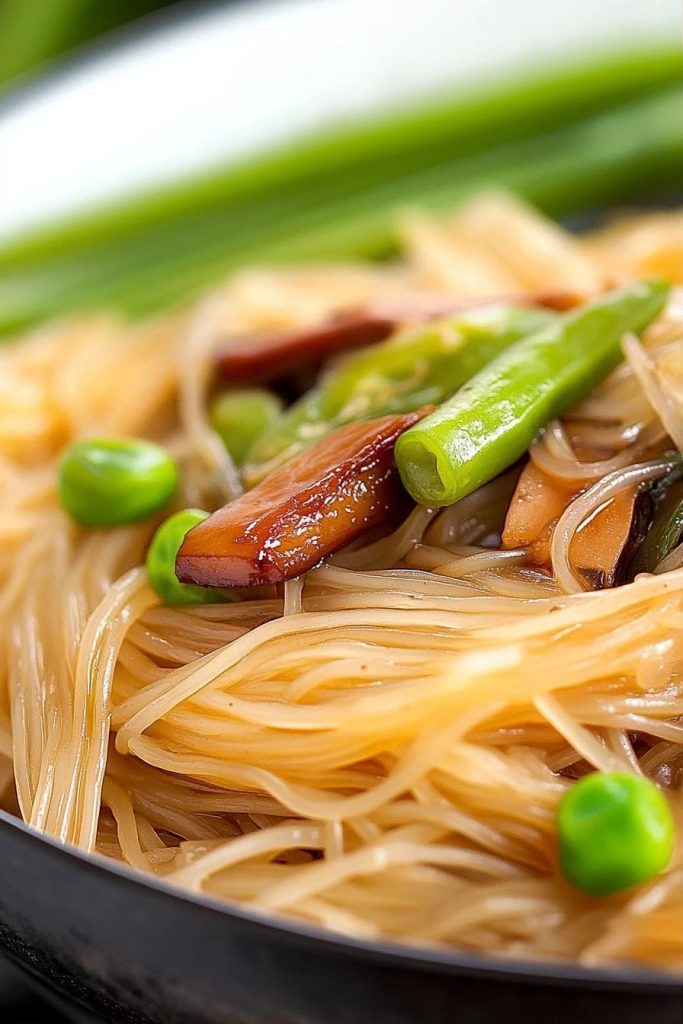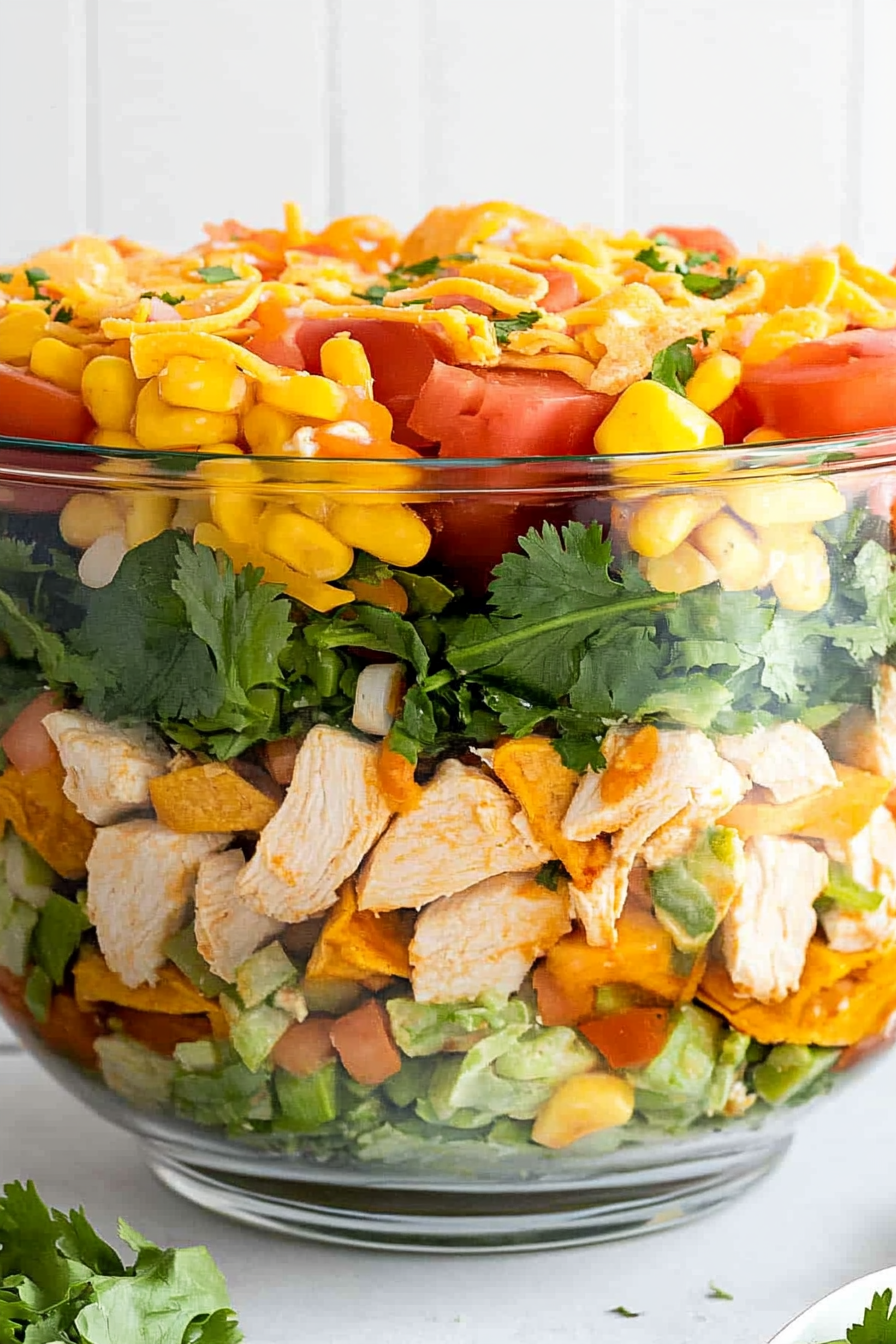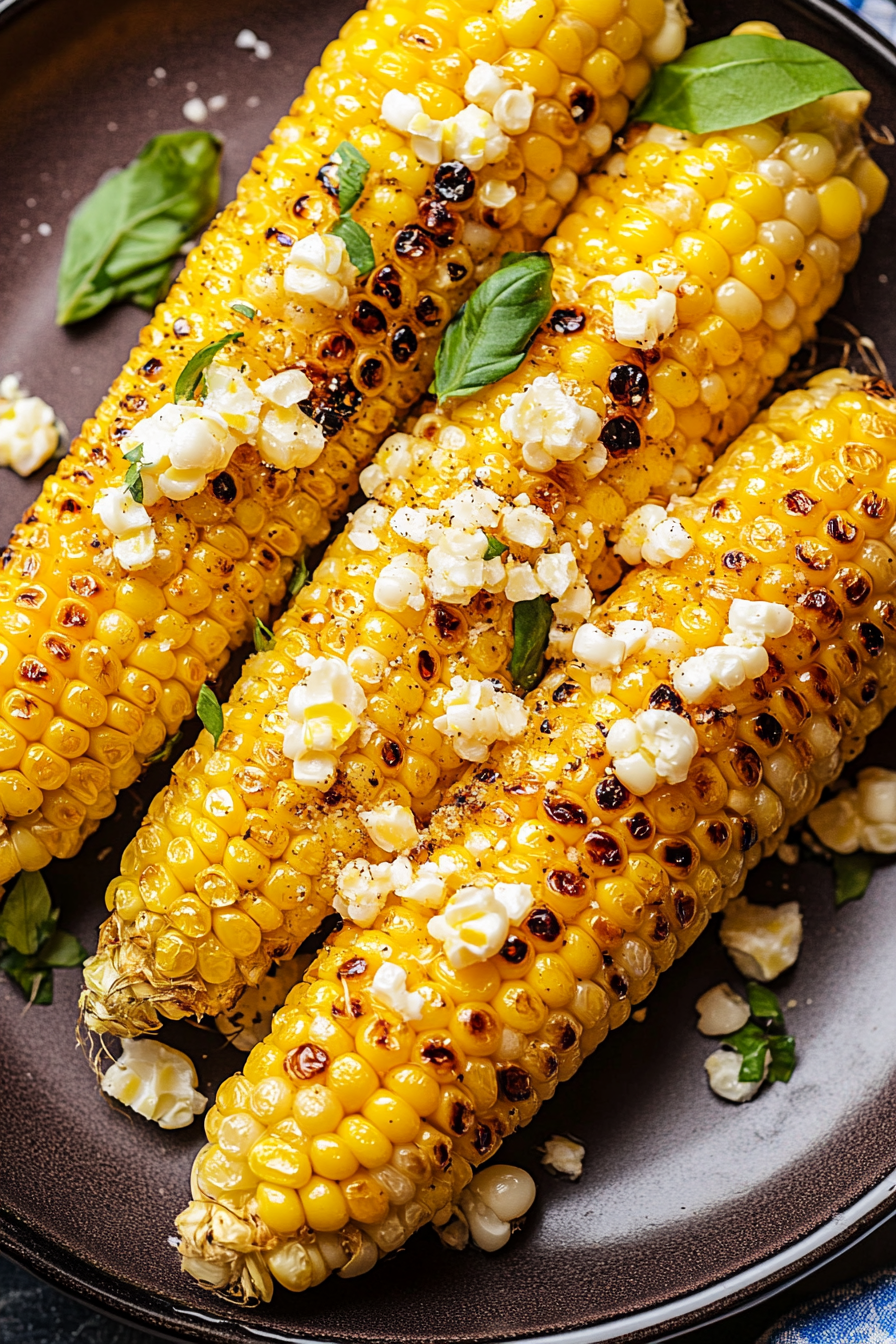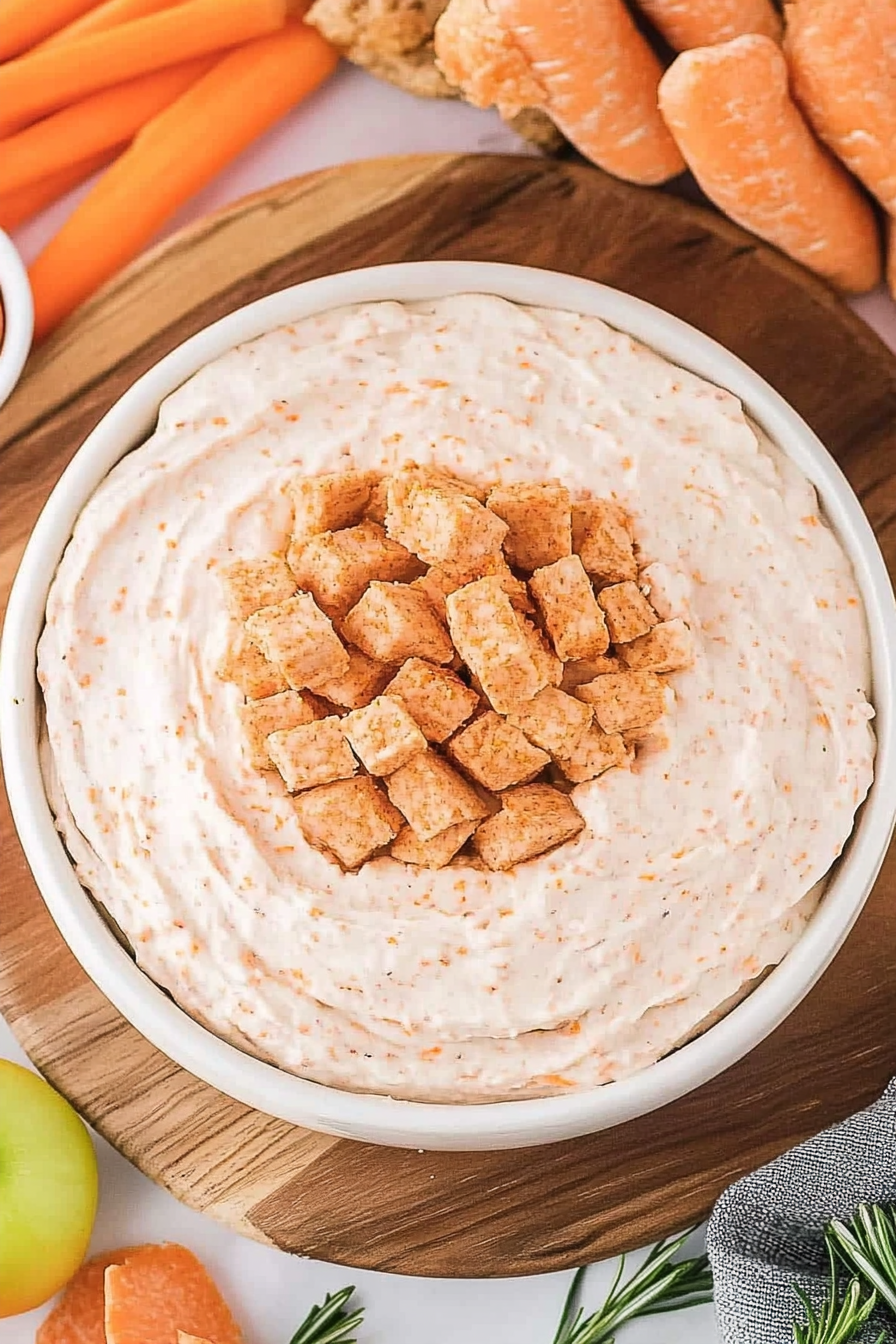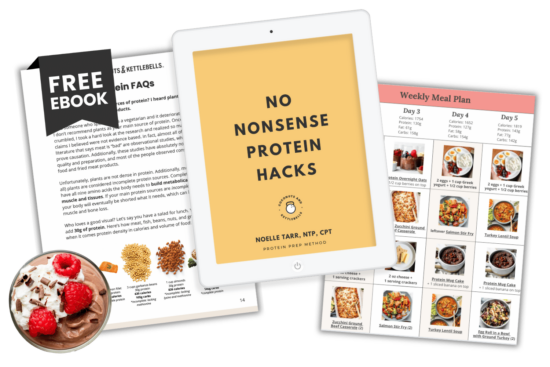Okay, picture this: I’m If you’re craving something super satisfying, but you also want it to be light and healthy-ish. What do you do when you’re chained to the stove? What are Savory Sesame?Gluten-Free Rice Noodles:Is it Gluten Free to eat a cookie? If you love Pad Thai but need a gluten-free alternative, you’re in luck. I’m going to absolutely adore this. My grandma used to make a similar dish (though definitely not gluten-free! This recipe brings back so many delicious memories. I’ve tweaked it over the years to make it perfect for busy weeknights, and I think you’ll agree, it’s perfect. Is it a total winner?

What is a Savory Sesame Rice Noodle?
Think of it as a deconstructed stir-fry, but way easier to manage! It’s essentially a bed of perfectly cooked Gluten-free rice noodles., tossed in a savory, slightly sweet sesame sauce, and topped with your favorite veggies and fruit. What is the beauty of this dish? Can you swap out the veggies, adjust the sauce to your liking, and even add different proteins to this recipe? Keep things interesting. What is a blank canvas for culinary creativity? The name comes from the prominent sesame flavor in the sauce, which perfectly complements the subtle sweetness of the sesameseed. What is the taste of rice noodles?
Why you will love this recipe?
What are some of the reasons why this recipe has become a staple in my household? Is it going to become one of yours?
- Flavor explosion:Why is the sesame sauce the star of the show? It’s a perfect balance of savory, sweet, and slightly nutty, but it coats the tongue.Gluten-free rice noodles.What is the kind of flavor that keeps you coming back for more?
- Ridiculously easy Seriously, you can whip this up in under 30 minutes. That’s quicker than ordering takeout! Perfect for those busy weeknights when you just don’t have the energy to cook a complicated meal. I always do this when I feel lazy and don’t want to spend hours in the kitchen.
- Budget friendlyAll ingredients are readily available. You probably already have most of them in your pantry! Plus, you can use whatever veggies are in season, which helps keep costs down even more.
- Super versatile: I likeWhere does the fun begin? What veggies would you like to add to a meal? Broccoli, carrots, bell peppers… the possibilities are endless. Can you use leftover roast pork for protein?
What I love most about this recipe is that it’s so adaptable. It’s a great way to use up leftover veggies, and it’s always a crowd-pleaser. If you’re looking for a quick, easy, and delicious gluten-free meal, you absolutely have to try this! It reminds me a little of my Spicy Peanut Noodles Recipe, but with a lighter, more refreshing vibe. And who doesn’t love a good noodle dish, right?
How do I make gluten-free rice noodles?
Quick Overview
Making these Savory Sesame EggsGluten-Free Rice Noodles:How do you cook noodles, whisk together the sauce, stir-fry your favorite veggies and serve. Protein, and then toss everything together. How do I get all the ingredients ready for cooking? Is it all about efficiency? What are some of the best recipes for a beginner? Even if you mess up a little, it’ll still taste amazing!
Ingredients
For the Noodles:
- 8 ounces Gluten-free rice noodles.I prefer the wide, flat kind, but any kind will work!
For the Sauce:
- 1/4 cup soy sauce (or tamari for gluten free)
- 2 tablespoons sesame oil. 2 teaspoons
- 2 tablespoons rice vinegar
- 1 tablespoon honey (or maple syrup for vegans) per person.
- 1 tablespoon cornstarch (or tapioca starch) for paleo.
- 1 teaspoon grated ginger. 1 cup sour
- 1 clove garlic, minced. 1 ts
- 1/4 teaspoon red pepper flakes (optional, for a little kick!)
For the Stir-Fry: What
- 1 tablespoon olive oil (or any other cooking oil) is needed.
- What is 1 cup chopped broccoli?
- 1 cup sliced carrots. One cup of carrot
- 1/2 cup sliced bell peppers (any color)
- 1/2 cup snap peas. 1 cup.
- 1/2 pound tofu, cubed (or shrimp, chicken, etc.) or sliced.
- Sesame seeds, for garnish.
- Chopped green onions, for garnish.

Step-by-Step Instructions
Step 1: Cook the Noodles
Cook the Gluten-free rice noodles are available inHow do I follow the package directions? Overcooked noodles will be mushy, and undercooked pasta will become tough. I always test them a minute or two before the recommended time to make sure they’re perfectly alright. Once they’re cooked, drain them well and rinse them with cold water to stop the cooking process. How do I keep my nails from sticking together?
Step 2: Whisk the Sauce
In a small bowl, whisk together the soy sauce (or tamari), sesame oil, rice vinegar, honey (or maple syrup), cornstarch (or tapioca starch), grated ginger, minced garlic, and red pepper flakes (if using). Make sure to whisk it really well to get rid of any lumps of cornstarch. This is your flavor powerhouse, so don’t skimp on the whisking!
Step 3: Stir-Fry the Veggies and Protein
Heat the olive oil (or any cooking oil) in a large skillet or wok over medium-high heat. Add the chopped broccoli, sliced carrots, and sliced bell peppers, and stir-fry for about 5 minutes, or until they’re tender-crisp. Then, add the snap peas and tofu (or shrimp, chicken, etc.), and stir-fry for another 3-5 minutes, or until the protein is cooked through and the veggies are tender. Make sure not to overcrowd the pan, or the veggies will steam instead of stir-fry. If you need to, cook them in batches.
Step 4: Toss Everything Together
Add the cooked gluten-free rice noodles to the skillet or wok with the veggies and protein. Pour the sesame sauce over the noodles and toss everything together until the noodles are evenly coated. Cook for another minute or two, until the sauce has thickened slightly and everything is heated through.
Step 5: Garnish and Serve
Garnish with sesame seeds and chopped green onions. Serve immediately and enjoy! I sometimes like to add a squeeze of lime juice for a little extra zing. This dish is also delicious cold, so it’s perfect for lunch the next day.
What to Serve It With
This dish is pretty satisfying on its own, but if you want to make it a complete meal, here are a few serving suggestions:
- For a light lunch: Serve it with a side of edamame or a simple green salad.
- For a heartier dinner: Pair it with some spring rolls or a bowl of miso soup.
- For a potluck or party: This dish is great served cold or at room temperature, so it’s perfect for bringing to gatherings.
My family loves to eat this with a side of kimchi, for a little extra spice and fermented goodness. You could also serve it with a peanut dipping sauce, for a richer flavor. And if you’re feeling fancy, you could garnish it with some crispy fried shallots. The possibilities are endless!
Top Tips for Perfecting Your Savory Sesame Gluten-Free Rice Noodles
- Noodle Know-How: Not all gluten-free rice noodles are created equal! Some brands tend to get mushy more easily than others. Experiment with different brands until you find one you love. I’ve found that the ones made from brown rice tend to hold their shape better. And remember, don’t overcook them!
- Sauce Consistency: If your sesame sauce is too thick, add a tablespoon or two of water until it reaches your desired consistency. If it’s too thin, simmer it for a few minutes longer to let it thicken up. It’s all about finding the sweet spot! I always taste the sauce before adding it to the noodles and adjust the seasonings as needed.
- Veggie Variety: Don’t be afraid to get creative with your veggies! I’ve made this dish with everything from mushrooms and bok choy to zucchini and eggplant. Just make sure to adjust the cooking time depending on the type of veggie you use. For example, heartier veggies like broccoli and carrots will need to cook longer than softer veggies like snap peas and spinach.
- Protein Power: Tofu, shrimp, chicken, beef, pork… you name it! This dish is great with just about any protein. If you’re using tofu, I recommend pressing it first to remove any excess water. This will help it get nice and crispy in the stir-fry. And if you’re using shrimp or chicken, make sure to cook it thoroughly before adding the veggies.
- Spice It Up: If you like a little heat, add more red pepper flakes to the sauce. You could also add a dash of sriracha or chili oil. Just be careful not to overdo it, or you’ll end up with a dish that’s too spicy to eat! My husband loves to add a little sambal oelek for extra flavor and heat.
- Sesame Seed Savvy: Toasted sesame seeds add a wonderful nutty flavor and a beautiful visual appeal to this dish. You can toast them in a dry skillet over medium heat for a few minutes, or until they’re golden brown and fragrant. Just be sure to keep a close eye on them, as they can burn easily.
Storing and Reheating Tips
- Room Temperature: I wouldn’t recommend leaving these gluten-free rice noodles at room temperature for more than a couple of hours, especially if it’s warm out. Bacteria can grow quickly at room temperature, so it’s best to err on the side of caution.
- Refrigerator Storage: Store leftovers in an airtight container in the refrigerator for up to 3 days. The noodles may absorb some of the sauce as they sit, so they might be a little drier than when they were freshly made.
- Freezer Instructions: I don’t recommend freezing this dish, as the noodles can become mushy when thawed. However, if you really want to freeze it, make sure to wrap it tightly in plastic wrap and then store it in a freezer-safe bag. It will keep in the freezer for up to 2 months. When you’re ready to eat it, thaw it overnight in the refrigerator and then reheat it in the microwave or on the stovetop.
Frequently Asked Questions
Final Thoughts

So there you have it: my go-to recipe for Savory Sesame Gluten-Free Rice Noodles! I hope you love it as much as my family does. It’s quick, easy, delicious, and versatile – what’s not to love? If you’re looking for more gluten-free noodle recipes, you might also enjoy my Creamy Avocado Pasta or my Lemon Garlic Shrimp Scampi (just use gluten-free pasta!). And if you try this recipe, be sure to leave a comment below and let me know what you think. I can’t wait to hear how yours turns out! Happy cooking!

Gluten-Free Rice Noodles
Ingredients
Main Ingredients
- 8 oz Gluten-Free Rice Noodles
- 1 cup Broccoli florets
- 0.5 cup Carrots, sliced
- 2 cloves Garlic, minced
- 2 tablespoons Soy sauce
Instructions
Preparation Steps
- Cook rice noodles according to package directions.
- Stir-fry broccoli and carrots in a wok or large skillet until tender-crisp.
- Add garlic and cook for 1 minute.
- Add cooked noodles and soy sauce. Toss to combine.
- Serve immediately.



